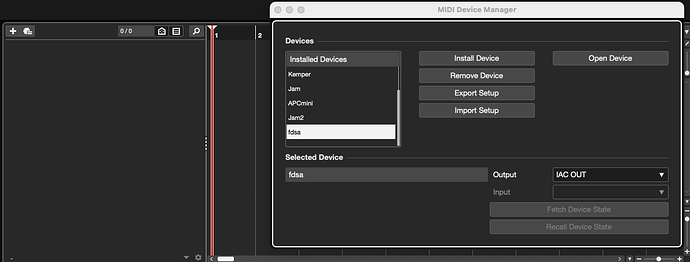Hi all, new Cubase user,
TL;DR: I need a way to send SYEX files, full banks of patches, to my synths.
I’ve searched the forum and found some topics about sysex data in tracks (to send device specific messages, controller events, etc) and of course the standard MIDI track event editing / drawing in MIDI track stuff, all easy to find.
What I’m not finding (and maybe it’s not there): In Cakewalk/Sonar products, there’s always been a sysex bank window. To me, this meant basically saving device-specific patch banks for each project. You could use this window to store single patches, full user banks, send and receive, and specify ports to target the specific MIDI device.
For instance, I might want to keep all patches used in a project in a single user memory bank for a device (patches which otherwise might be all over the place and therefore not easily selected by PC messages).
For this kind of thing: use an external app? If so, what does everyone use? I really have not had to use one for decades because it was all in Sonar.
Additionally (and possibly related), I’ve seen more than one mention of a document named “MIDI Devices”. For instance, there’s more than one mention on page #789 of “Cubase_Pro_11_Operation_Manual_en.pdf”, such as this example:
“If you want to build more complex device maps, you must make yourself familiar with SysEx
programming (see the separate document MIDI Devices).”
But I’ve searched the Steinberg Document page and it seems to only be looking for product names. Does anyone have a link to this doc (or a tip to help me help myself next time)?
Thanks much,
Chris



